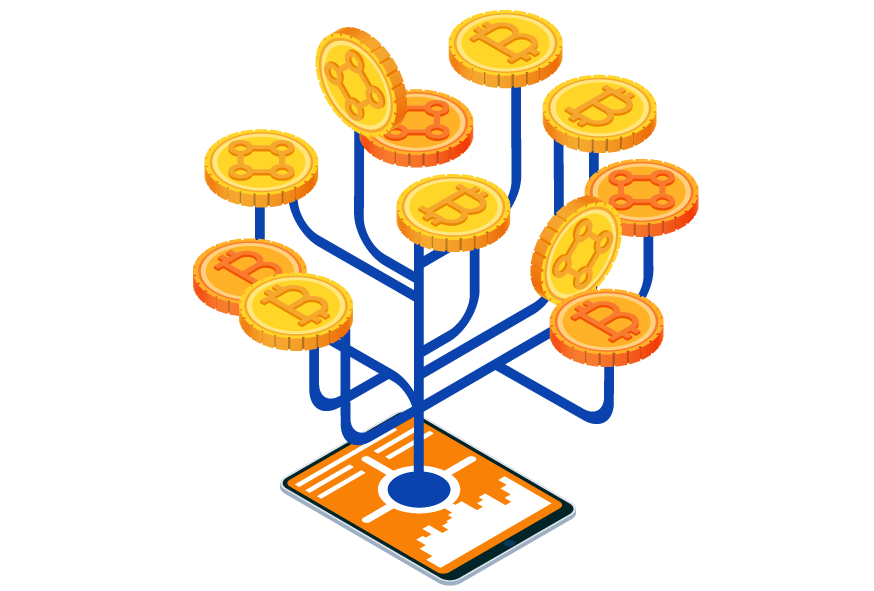
To send or receive Bitcoin, one thing is needed – a wallet address. It’s made of anywhere from 26 – 35 alphanumeric characters, and it allows you to transfer Bitcoin from one place to another. Any Bitcoin address can be used to transfer the currency to any other address on the network, no matter what type of wallet you have or where you got it. The problem, though, is that these days, there are multiple address types, and the wallets out there can’t always support each type of address. Understanding both the different address types and how to make the necessary conversions can help make you a little more Bitcoin savvy and help you take full advantage of this cryptocurrency.
The Bitcoin Legacy Address

When Bitcoin was initially created, the original address format was created too. Today, this is called a Bitcoin legacy address. You may also see it called a P2PKH address. Those initials stand for Pay-to-Pubkey Hash, or pay to the has of the person’s public key. You’ll know if you have one of these addresses because it starts with a 1. The Bitcoin legacy addresses still work quite well today, but they aren’t SegWit compatible. Fortunately, you can send Bitcoin to a SegWit address, but the fees are likely to be quite a bit higher. That’s because legacy addresses tend to have transactions that are far higher in size.
A Quick Note about Segwit

If you aren’t familiar with SegWit, this is the time to understand the idea. Segwit stands for Segregated Witness. It’s the protocol upgrade that happened in the world of Bitcoin in August of 2017. The idea behind the upgrade was to help the cryptocurrency scale up and deal with some bugs it was experiencing. The result was faster, safer transactions. Before SegWit, transaction malleability existed. This is the idea that Bitcoin transaction data could be changed before the network processed the transactions (which would have created real bookkeeping problems. When SegWit came into the network, it allowed signature information o be stored outside of a block of transactions, yet still ensure they were verified. It was a way to keep the integrity of the transaction intact with ensuring that each block on the blockchain could be bigger. To this day, though, SegWit hasn’t been completely adopted by everyone in the Bitcoin network. It’s not mandatory, which means no one on the network ahs to use it, but after the 2019 crash, SegWit usage has bene on the rise. More than 50% of the network uses it because of the cost of legacy addresses.
Other Bitcoin Address Formats

Legacy addresses aren’t the only option out there. You may also have a P2SH address. They’re fairly similar to legacy addresses. Instead of a one, however, they start with a three. P2SH stands for pay-to-script-has. It offers more functionality than a legacy address, and it’s most commonly employed for a multisig address where multiple digital signatures have to occur for the transaction to be authorized. It’s also pretty typically used when non-native SegWit transactions are being used.
Bech32 is another address format, and they look quite a bit different. Each one begins with bc1. They’re longer than both of the other types of address formats, and they’re the original SegWit address format. They’re widely supported in terms of wallets, but they’re not well supported on exchanges. They’re also not widely used. In fact, less than 1 percent of Bitcoin is currently stored in this address format, but increasingly, that’s changing. More people are turning to Bech32 because there are lower transaction fees involved, and they’re entirely lowercase, which means users have a much easier time typing them in.
Using a Bitcoin Legacy Address Converter

Because of the fees and problems associated with legacy addresses, often a Bitcoin legacy address converter is required to complete a transaction. Fortunately, many wallets have a Bitcoin legacy address converter built into the system, so with a bit of research, you can easily move from a legacy address to something more compatible (and less expensive) with ease.
Other Types of Converters

The wallets that include converters don’t just work one way. Instead, there are many other options out there, including Bitcoin Cash legacy address converters and many more. They’re quite useful. For example, say you want to move your Bitcoin Cash to legacy format. You’d simply find a wallet that support a Bitcoin Cash legacy address converter to complete the transaction. The reality is that as forks occur in the blockchain, more of these are going to be needed, and the converters make it easier than ever to make that happen.
If You Need to Convert

If you think you may need a Bitcoin cash legacy address converter or any other type of converter so you can better move your Bitcoin or work within the exchanges, your best bet is to do you research. Understand what kind of address you currently have and what you may need to accomplish your goal. Then find a wallet that will handle that for you. Keep in mind, though, that even if you find one that is willing to handle the conversion, you will want to research all of its features. Not all wallets were created with the same level of security, so make certain you find one with backup and security features and the level of privacy you want with your Bitcoin. Conversion is important, but so is protecting your Bitcoin, ultimately, and with the sheer number of wallets entering the market today, you’ll want to select something that actually works to protect you and your Bitcoin from problems as you send and receive and as you work the exchanges.
If you’re worried about having a Bitcoin legacy address in a world where it doesn’t work quite as well anymore, just find a wallet that can help you deal with that incredibly small problem before you make your next transaction with your Bitcoin. It’s easier than you think to overcome the small hurdle.